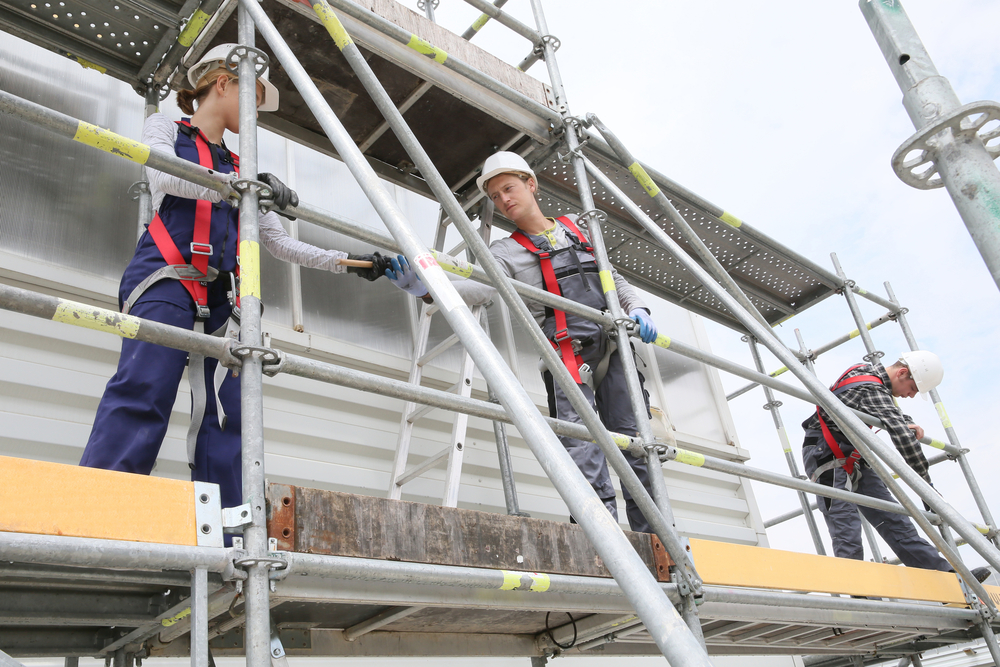What training is needed to work on scaffolding?
Anyone working on erecting scaffolding should be competent or if being trained, should be supervised by a competent person. This needs to be appropriate training with regards to the type of scaffold you are using.
As the minimum, every scaffold team should contain a qualified scaffolder for the type and complexity of the platform being erected. This could be an individual that has received industry recognised training such as The Construction Industry Scaffolders Registration Scheme (CISRS) or they have received training under a recognised manufacturer or supplier scheme.
Are design drawings needed for my scaffold?
A scaffold needs to either be erected to a recognised standard configuration (such as those in National Access and Scaffolding Confederation (NASC) document TG20 Volume 1 for tube and fitting scaffolds or a manufacturers’ guidance for system scaffolds) plus it must be designed by calculation to make sure it has sufficient strength and stability.
Do harnesses need to be inspected regularly?
Network Scaffold would recommend three levels of inspection for harnesses –
Pre-use check – This task needs to be carried out by the user at the start of each shift to check for visible or surface defects. If there are any defects they need to be brought to the attention of the employer.
Detailed Inspection – A formally recorded inspection needs to be undertaken at least every six months. For equipment that is used frequently, we would suggest that this task takes place every 3 months, particularly when the equipment is used for demolition, steel erection, steel masts/towers with edges plus scaffolding.
Interim Inspection – It may also be appropriate to conduct interim inspections between detailed ones as the employer’s risk assessment could have identified significant deterioration that could affect the lanyard before the next scheduled inspection. The need for interim inspections will depend on how much the harness is used. Some examples where they may be appropriate is working environments that involve paints, chemicals or grit blasting operations or risks from acidic or alkaline environments if the lanyard’s fabric cannot be determined.
Get in touch for more information
If you have any questions about Network Scaffold’s accreditations, please do not hesitate to contact us now.

